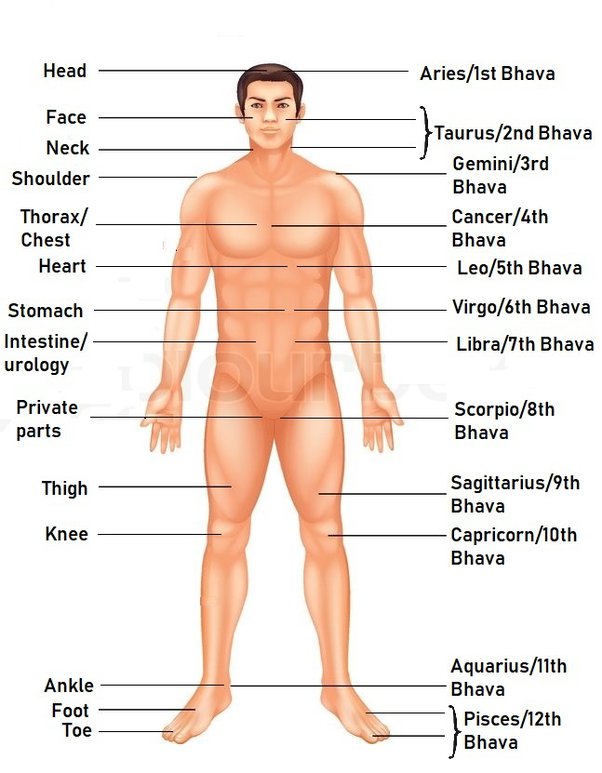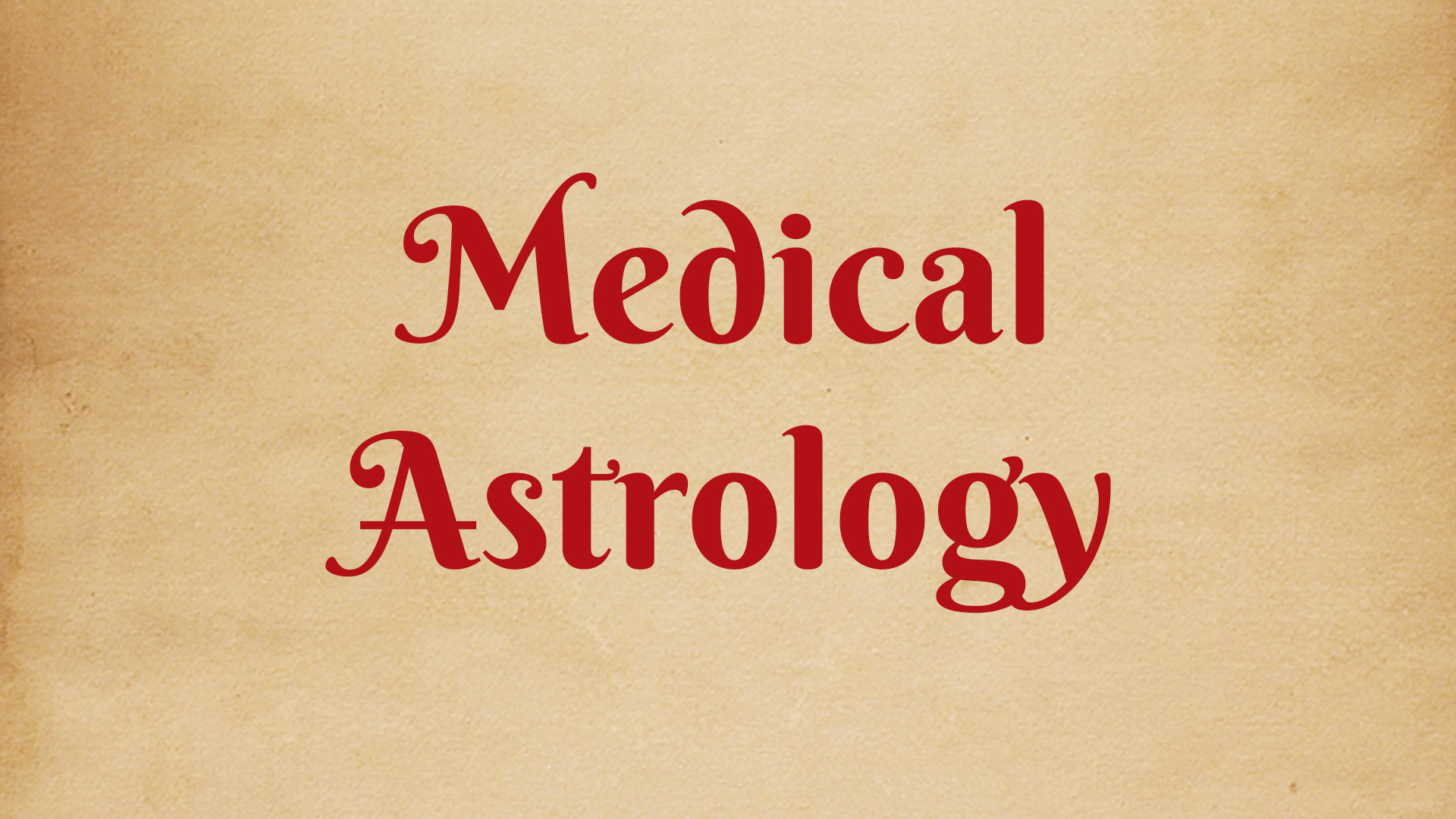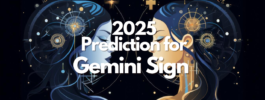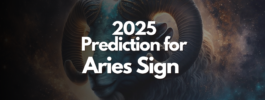We are all familiar with the concept of Astrology, which involves predicting events in human lives based on celestial positions. Astrology is also considered the science of understanding our past lives. Within astrology, there is a branch known as “Medical Astrology,” which asserts a connection between human health, diseases, and remedies with astrology. This belief is supported by texts such as Smriti Ratnakar and numerous Ayurvedic scriptures.
पूर्वजन्मकृतं पापम् व्याधिरुपेण बाधते।
– स्मृति रत्नाकर
“The sins which we have done in the previous birth are manifested as diseases in this birth.”
Now, both Laghu Jatak and Bruhaspati Samhita have stated a verse depicting how astrology and human lives are interconnected while defining Astrology.
यदुपचितम् अन्यजन्मनि शुभाशुभम् तस्य कर्मणः पक्तिम्।
व्यन्जयति शास्त्रमेतत् तमसि द्रव्याणि दीप इव।।
– लघु जातक, बृहस्पति संहिता
“Just as a lamp does the work of showing things in a dark room, similarly Astrology does the work of spreading light onto what results will we get based on the karma done in our previous birth.”
Even Narayanan Nambutiri has stated a similar definition of Astrology in his book ‘Prashna Marga’ keeping the planets in the context of light. Let’s see the verse that is given in Prashna Marga.
पूर्वजन्म अर्जितम् कर्म शुभं वा यदि वाशुभम्।
तस्य पक्ति ग्रहाः सर्वे सूचयन्तीह जन्मनि।।
– प्रश्न मार्ग
“Astrology does the work of showing what will happen in our life and when which disease will take place based on planetary positions.”
Having established the interconnectedness of astrology and human events, it is essential to understand the relationship between the visible planets, constellations, and human beings. Clarifying this relationship, the Ayurvedic pioneer Maharishi Charak provides a verse in the Charak Samhita.
पुरुषोऽयं लोकसंमितः।
– महर्षि चरक
“We humans are similar to the cosmic universe.”
In the Upanishad also, the same principle has been stated in a different context. Upanishad states that:
यत् ब्रह्माण्डे तत् पिण्डे।
– उपनिषद
“Man is a smaller version of the universe.”
In order to delve into the principle mentioned above, it is necessary to grasp the concept of Kaal, which represents universal time. In ancient texts, Kaal is depicted as an imaginary figure known as Kaal Purush. This symbolic figure represents the formation of Nakshatras, Zodiac signs, and 12 houses based on its various body parts. The Vaman Purana provides a detailed explanation of how the 12 zodiac signs are formed and how the different parts of Kaal Purush correspond to specific zodiac signs. Let’s explore the verse of the Vaman Purana.
यत्राश्विनि च भरणी कृतिकायास्तथांशकः।
मेषो राशिः कुजक्षेत्रं तत् शिरः कालरुपिणः।।
– वामन पुराण
“The entire Ashwini Nakshatra, the entire Bharini Nakshatra and the first phase of Kritika Nakshatra together form the zodiac sign Aries. The lord planet of Aries is Mars and Aries is called the head of Kaal Purush.”
Similarly, the formation of all the other zodiac signs is explained in Vaman Purana. If you want to understand it in detail, it is my suggestion for you to study the texts of Vaman Purana as the verses that are given in Vaman Purana are well recognized by all the other scriptures.
Now according to scriptures, what is applicable to Kaal Purush is applicable to all of us. That means the zodiac sign Aries is equal to head for all of us. Similarly, all the zodiac signs have been allocated by different body parts. Let’s have a look at the figure for reference.

As visible in the above figure:
1. Aries represents the Head
2. Taurus represents the Mouth
3. Gemini represents the Hands
4. Cancer represents the Chest
5. Leo represents the Heart
6. Virgo represents the Gastric organ
7. Libra represents the Navel
8. Scorpio represents the Genitals
9. Sagittarius represents the Thighs
10. Capricorn represents the Knees
11. Aquarius represents the Ankles
12. Pisces represents the Feet
In astrology, if a person’s birth chart (kundli) has a flaw in the zodiac sign Aries, they are likely to experience issues related to the head. Similarly, a flaw in the zodiac sign Taurus suggests a susceptibility to mouth-related ailments, while a flaw in Pisces indicates potential problems with the feet. Thus, any flaw in a zodiac sign within one’s birth chart is linked to corresponding bodily issues.
The division of the Kaal Purush into 12 parts aligns with the 12 houses in our birth chart (kundli), allowing each body part of the Kaal Purush to be associated with a different house in the birth chart. As depicted in the image above, the First house represents the head, the Second house represents the mouth, and the Twelfth house represents the feet. Therefore, the presence of a malefic planet in the twelfth house of a person’s birth chart, or adverse influences on that house, may result in ailments related to the feet.
In addition to the correlation between zodiac signs and houses with various parts of the body, each planet in the cosmos is also associated with specific components of the body and the systems that govern it. For example, the Sun influences the heart, eyes, and circulatory system, while the Moon influences the blood, endocrine glands, hormones, and brain. Mars is associated with the liver, blood cells, and digestive system, and Mercury affects the skin and nerves in the limbs. Jupiter influences memory, intelligence, and the nervous system, Venus affects the semen, genitals, and other reproductive organs, and Saturn regulates the central nervous system. Rahu-Ketu influences the respiratory system and the body’s air regulation.
Having understood the potential diseases linked to zodiac signs, nakshatras, birth charts, and planets, it is crucial to ensure that our planetary positions and birth charts are free from flaws in order to prevent or manage illnesses. According to scriptures, consideration of planetary conditions is recommended before seeking treatment for any ailment. It is advised that efforts should be made to treat an existing illness only when the planetary positions are auspicious; otherwise, all treatment efforts may be futile. To explore this belief further, let’s delve into a story from ancient Vedic literature.
In ancient times, there lived a Vaidya by the name of ‘Rasayandu,’ celebrated for his surgical prowess and deep understanding of medicine. His remedies possessed the extraordinary ability to revive the deceased, earning him the appellation of ‘Pranacharya’ from the king.
As the Vaidya advanced in years, he endeavored to create the most potent medicine by combining his extensive expertise and intuition. Ultimately, he succeeded in developing two medicines, which he christened ‘Mrut Sanjivini,’ with the remarkable capability of bringing a person back from the brink of death.
Many years passed without any need for these extraordinary medicines, until one day when the king fell gravely ill. Despite exhausting all possible treatments, his health showed no signs of improvement. The people of the kingdom turned to Pranacharya, certain that his extraordinary medicines would cure the king. Confident in his skill and knowledge, Pranacharya administered the medicine to the king, only to find that it had no effect.
Devastated by the failure and doubting the worth of his years of knowledge, Pranacharya left the city of Ujjain and sought refuge in the forest. There, seated by the banks of the Narmada river, he pondered the meaning of his existence, when a young man, disguised as Dhanvantri Ji, greeted him with reverence.
The young man inquired about the cause of Rasayandu’s despondency, and after some conversation, Rasayandu confided in him, revealing his identity as the renowned Pranacharya. He expressed his disappointment that the medicine he had administered to the king had proved ineffective, causing his profound sorrow. In response, the young man posed a profound question to Rasayandu about the nature of disease. Upon hearing this, Pranacharya chuckled and explained to the young man that according to his belief, the suffering from diseases in our present lives is a consequence of the sins committed in past lives.
Amused by this response, the young man probed further and asked Rasayandu whether he had considered the alignment of the planets in the king’s birth chart and the position of the stars while administering the medicine. He pointed out that the effectiveness of the medicine was intricately linked to the favorable positioning of the planets. If the planetary alignment was unfavorable, even the miraculous Sanjivini medicine would fail to bring about a cure. It was at that moment that Pranacharya Ji realized his oversight and swiftly returned to the town.
Upon his return, he meticulously studied the king’s birth chart and administered the second dose of medicine two days later, when the planets were favorably positioned. Despite the prevailing sense of despair, the king, trusting in Pranacharya’s wisdom, ingested the medicine. To the astonishment of all, he made a complete recovery from his grave illness. This ancient tale serves as a testament to the correlation between planetary alignment and the human body, validating the theory of medical astrology.
The account presented in the Bhaisajya Ratnavali underscores the importance of analyzing the compatibility of planets and rectifying any astrological deficiencies before embarking on the treatment of any disease. Let us now explore the verse from the Bhaisajya Ratnavali that articulates this principle with precision.
ग्रहेषु प्रतिकूलेषु नानुकूलं हि भैषजं।
ते भेषजानां वीर्याणि हरन्ति बलवन्त्यपि।।
प्रतिकृत्य ग्रहानादौ पश्चात् कुर्यात चिकित्सितम्।
– भैषज्य रत्नावली
“Even medicine does not work for a person if the condition of planets is bad. Because the planet affects the effectiveness of the medicines. So, the person should only be treated after turning the planets into a favourable position.”
If we summarize the entire above context, we get to understand that it is important to acquire knowledge about the diseases we are likely to have by studying our kundli so that we can prevent the disease. But if you are already suffering from any disease, then it is important to analyze the planetary conditions before getting any kind of treatment. Remember that the treatment or surgery should only be done when the planetary positions in kundli are favourable. And according to Sharangdhar Paddhati:
चिन्तनीया हि विपदामादावेव प्रतिक्रिया।
न कूपखननं युक्तं प्रदीप्ते वह्निना गृहे।।
– शारङ्गधर पद्धति
“Any possibility of having future diseases and illnesses should be treated or taken care of in advance. Because it is useless to dig a well at the time when the house gets on fire.”
Hence, seeking a medical astrology consultation from a skilled astrological practitioner is akin to having our medical tests reviewed by a proficient physician. Both in astrological medicine and modern medicine, the adage “prevention is better than cure” holds true. It is prudent to take preventive measures to avert illnesses and ensure a life of happiness, health, and prosperity.
Shubham Bhavatu.








